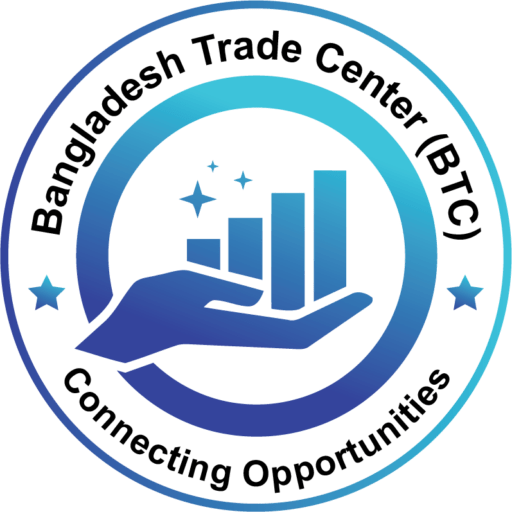Effective Business Mentorship Strategies for Startups
Effective Business Mentorship Strategies for Startups Md. Joynal Abdin Founder & CEO, Trade & Investment Bangladesh (TIB) 1. Introduction: In the fast-paced and competitive world of startups, having a great idea is only the beginning. The journey from concept to…
Read More








![Website for Small Businesses [P-2]](https://bangladeshtradecenter.com/wp-content/uploads/2023/12/Website-Development-scaled.webp)

 by
by